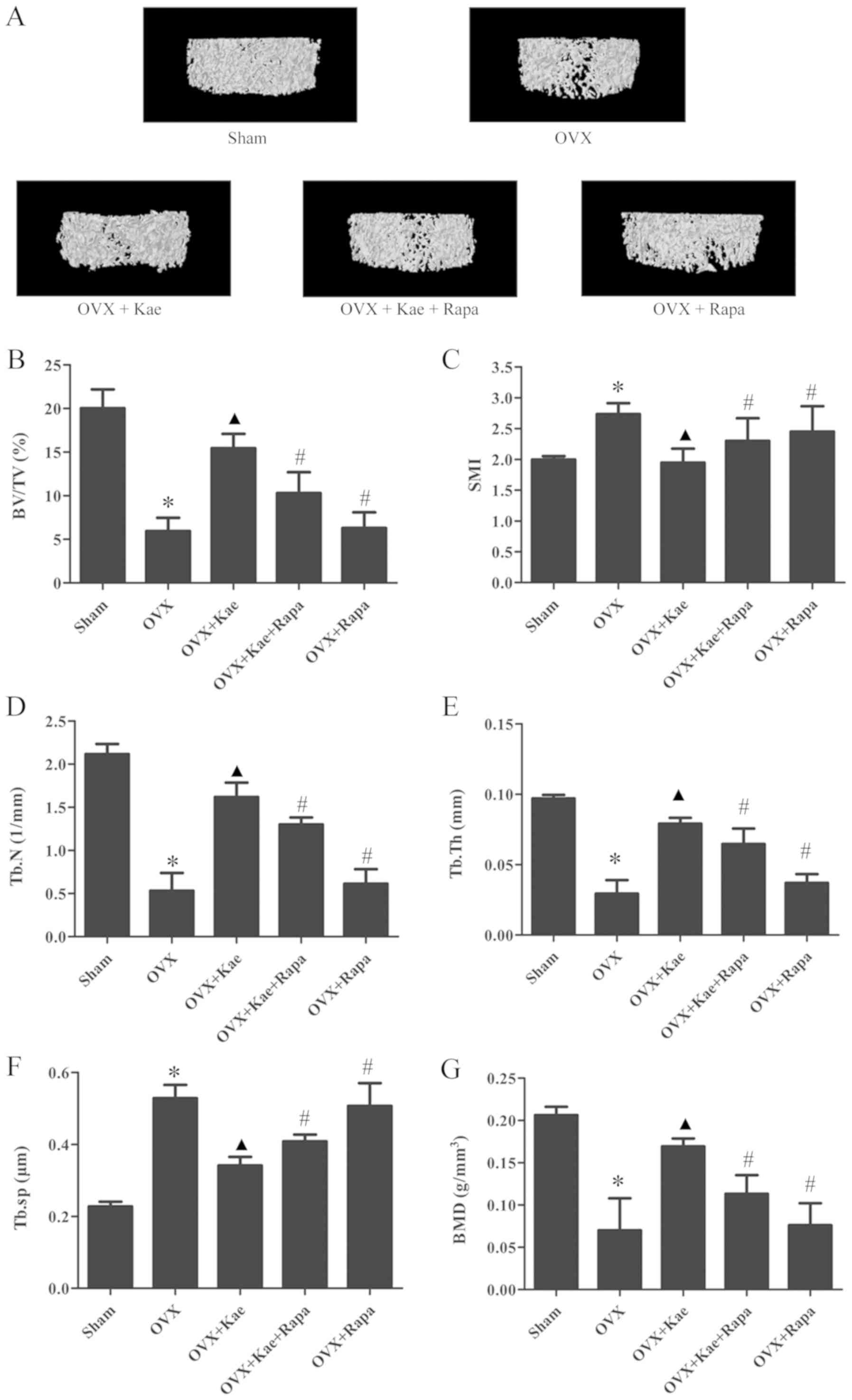The effects of teriparatide and bisphosphonates on new fract... : Medicine teriparatide seems superior
Also like google bisphosphonates site:crsociety.org.
Google strontium too (the people at crsociety.org are skeptical)
Among participants with low bone density, the multivariable adjusted relative risk for an incident kidney stone for bisphosphonate users was 0.68 (95% CI, 0.48 to 0.98). In the cross-sectional analysis of 24-hour urine calcium excretion, the multivariable adjusted mean difference in 24-hour calcium was 10 mg/d (95% CI, 1 to 19) higher for participants with history of low bone density. However, among participants with history of low bone density, there was no association between bisphosphonate use and 24-hour calcium with multivariable adjusted mean difference in 24-hour calcium of -2 mg/d (95% CI, -25 to 20).
CONCLUSIONS:
Low bone density is an independent risk factor for incident kidney stone and is associated with higher 24-hour urine calcium excretion. Among participants with low bone density, bisphosphonate use was associated with lower risk of incident kidney stone but was not independently associated with 24-hour urine calcium excretion.
Once bisphosphonates are in bone, they have a very long elimination half-life that can exceed ten years.[35]
Hmm, these are all listed as rare.
Side Effects
Side effects to oral bisphosphonates include: muscle cramps/pain, difficulty swallowing, heartburn, abdominal pain, nausea, headache, and/or rash. There is a rare risk of developing jaw or tooth pain, called osteonecrosis of the jaw. It is typically associated with trauma to the jaw (tooth extraction), history of malignancy and/or infections while on bisphosphonate therapy. It is recommended you have a good dental exam prior to starting these medications. Notify your doctor is you develop side effects to zoledronic acid include low blood pressure, dizziness, fatigue, headaches, muscle pain, weakness, gastrointestinal symptoms (nausea and constipation), fever, and/or rash. These side effects may last 1-2 days and up to 10-12 days after your infusion.
For either oral or intravenous medications, there is a rare risk of developing a jaw or tooth problem, called osteonecrosis of the jaw. Osteonecrosis of the jaw is typically associated with an invasive procedure to the jaw (tooth extraction) or history of malignancy and/or dental infections while on bisphosphonate therapy. It is recommended that you have a good dental exam prior to starting these medications. Notify your doctor if you develop side effects to the medications. Abnormal fractures of the femur (thigh bone, atypical femoral fracture) have been associated with bisphosphonate therapy, especially if the medication is taken for many years. An atypical femoral fracture often presents as thigh pain.

